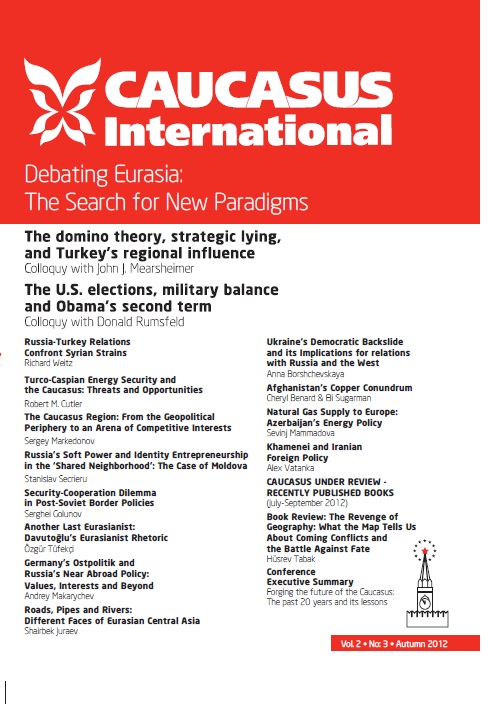Afghanistan’s Copper Conundrum
Behind the violence and chaos of Afghanistan’s revived insurgency and governmental corruption stands the uncertainty of a fragile economy. The vast majority of commerce in Afghanistan – roughly 95% of its GDP according to World Bank figures -- is linked to the international military presence. Sustainable economic growth is critical for the future of this beleaguered country. Historically, farming and transit – the Silk Road – have been two of the longstanding pillars of the Afghan economy. To this we can add mining and tourism as two industries holding the promise of economic growth and revenue generation. Afghanistan possesses considerable mineral wealth that might, with good management and over time, contribute to the country’s development. Unfortunately, in the rush to develop the country’s first and largest mining project at Aynak, Afghanistan is jeopardizing not only its economic future but also its unique heritage. Moreover, no environmental impact assessment has been conducted regarding the mine’s impact. Aynak sits on top of Afghanistan’s principal water supply, in one of its premier agricultural areas, and in close proximity to the capital. A prominent group of archeologists, mining engineers, and environmental experts has voluntarily studied the situation and put forward a plan. But in panicked, inexperienced Afghanistan, and among the international community rushing for the exits, will anyone listen?
Latest news
- 03/17/2020 Call for Submission: “Non-Alignment Movement and Its Perspective in International Affairs”. Deadline: 1 July 2020 2624 views
Popular articles
- 02/24/2020 The Role of Irredentism in Russia’s Foreign Policy 2535 views
- 02/24/2020 Construction of sub-national identity vis-à-vis parent state: Gagauz case in Moldova 2218 views
- 02/24/2020 The Conflict in Ukraine - The Geopolitics of Separatism and Divergent Identities (Commentary) 2072 views
- 02/24/2020 The Role of the Soviet Past in Contemporary Georgia 2044 views





